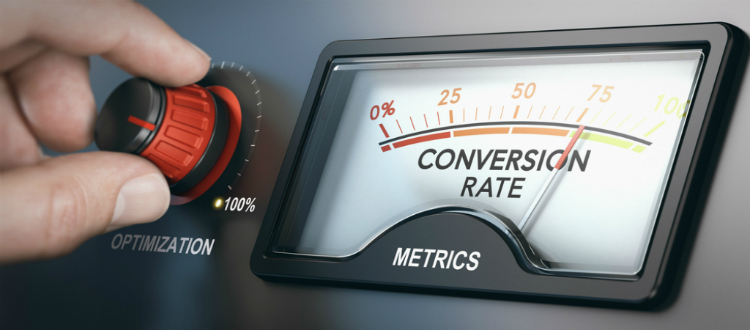Ever since social media marketing and business reviews became mainstream, a lot of businesses are unsure about identifying the effectiveness of online brand monitoring. Although there are more than enough educational resources available online to convince them, they still cannot see the fruitfulness of scanning the internet for mentions of their business. If you are one of them who are unsure if brand monitoring tools are beneficial for you, we are going to speak about how it, directly and indirectly, affects your Key Performance Indicators (KPIs).
Brand Awareness

We are positively sure that we don’t have to tell you how essential it is for your business that your target audience can recognize your brand. It has always been a challenge to quantify brand awareness. However, with the help of brand reputation monitoring and social listening, you can establish a few metrics that can help you determine how many people are familiar with your brand and its products or services.
Number of Mentions
You would be inclined to believe that the more number of mentions your brand has on the internet, the more popular your brand is. You would also think that you can get this information from your social media notifications. However, counting the mentions that you get notified about is not enough to quantify your brand’s awareness. Your business or your products might get mentioned in countless more conversations that you are not aware of. Some of them might shorten your company’s name, or misspell it. There might be many conversations where your company or business is not tagged, but they are discussing your product or service. There can be mentions on other kinds of online media too, such as blogs or YouTube videos. You can learn about all of these references through an efficient brand motoring program.
Brand’s Reach
The number of mentions about your brand also determines how much your brand has penetrated the market. Every person who is involved in the conversation can become a potential customer. But the number of mentions might not always be directly proportional to your brand’s reach since the number of followers varies from person to person. Therefore your brand might be mentioned by a handful of individuals, and yet, have a better market penetration since those who mentioned your brand have a large audience.
Competition
Brand social media monitoring can give you quantified data about how well your brand is performing against your competitors. Brand mentions also draw up comparisons of products and services, which can help you determine if your brand gets more acceptance than your rivals. It can also give your benchmarks to reach and help you formulate fresh brand awareness KPIs.
Conversion Rate

The conversion rate is every business owner’s favorite KPI and the prime determining factor of a company’s digital marketing strategy. Brand monitoring provides several metrics to determine the conversion rate is your company, but they might be slightly time taking.
Engagement
Determining the conversion rate based on your brand’s impact on the internet can be a bit lengthy and complicated. Not all engagements result in a sale immediately. Some conversations or mentions about your brand can be the first step for a potential customer, and he or she might have a few more considerations before purchasing your product or service. However, tracking slower conversions is equally necessary to determine the rate. Engagement is directly related to building confidence in your brand, and an increase in trust leads to an increase in conversions and revenues.
Leads Generated

The number of leads generated online is a direct indicator of conversion rate. Through brand monitoring services, you will be able to determine how many potential buyers clicked on a social media ad and landed on your page, which converted into a sale. Social listening and monitoring can also determine which posts have shown a direct interest of purchase towards your brand, such as asking for recommendations or details of a particular product. These posts are also opportunities that can get directed towards a sale. Posts that criticize your competitors can also be engaged in and converted.
Target Market
Making a perfect product is not enough to generate sales if you market it to the wrong segment. Brand monitoring and social listening can help you research your target market before you launch a product or a service. It can also help you determine the target audience for a campaign. Monitoring a campaign through reactions on the internet can also help you understand what your target market should be. The following brand monitoring parameters can help you with that.
Target Market Demography
Brand monitoring can help you establish the behavior traits of your target market, such as community, age, gender, occupation, so on and so forth. Social listening filters can help you tune your product or its campaign to target particular demography.
Influencers

Social media influencers play an important role in determining the target market segment for every business. Their engagement on social media about your brand and product can guide you to understand your target market. You can also work with influencers to understand the market segment towards which you should target your product.
Customer Satisfaction
Most businesses have realized that customer satisfaction is one KPI that is immensely dependent on social media. Many companies that do not employ brand monitoring tools for social media try to engage in customer satisfaction by replying to reviews of sites such as Google, Facebook, or Yelp. But they miss out on a large chunk of customer feedback that gets directed towards the brand. Keeping a proactive track of your company’s name through brand monitoring can help you determine the level of satisfaction your customers draw from your products or services.
So as you can see, brand monitoring can provide data for many business KPIs and help you understand how well your company is performing in the market. Not tapping into such insightful performance evaluations can be a deterrent to the company’s progress.


